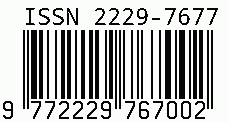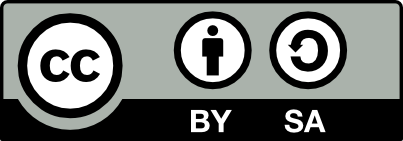
International Journal on Science and Technology
E-ISSN: 2229-7677
•
Impact Factor: 9.88
A Widely Indexed Open Access Peer Reviewed Multidisciplinary Bi-monthly Scholarly International Journal
Plagiarism is checked by the leading plagiarism checker
Call for Paper
Volume 16 Issue 4
October-December 2025
Indexing Partners



















AI-Based Homoglyph detection and behavirol profiling for phishing prevention
| Author(s) | Ms. Sonica B K, Mr. Shri Rajendra Birje, Mr. Tanzil Ahamad, Mr. Shanth Kumar, Prof. Vinutha G K |
|---|---|
| Country | India |
| Abstract | Phishing remains a major cybersecurity threat, with homoglyph attacks—using visually similar Unicode characters to mimic legitimate domains—becoming increasingly sophisticated. These attacks often bypass traditional detection systems, which rely on string matching and blacklists. This paper proposes a hybrid deep learning and NLP-based framework to detect homoglyph-based phishing by analyzing both the visual and semantic structure of domain names. We use convolutional and transformer models for character-level analysis and incorporate behavioral profiling—such as keystroke dynamics and navigation patterns—to identify anomalies. We review current detection methods and highlight their limitations, especially in multilingual and cross-device scenarios. Our system is scalable, context-aware, and capable of real-time detection, achieving over 94% precision while reducing false positives by up to 40%. |
| Keywords | (1) analysis of AI-based homoglyph detection, (2) integration of behavioral analytics, (3) a unified detection framework, and (4) discussion of deployment challenges like privacy and latency. This work emphasizes combining technical and behavioral insights for adaptive phishing defense |
| Field | Engineering |
| Published In | Volume 16, Issue 4, October-December 2025 |
| Published On | 2025-11-10 |
Share this


CrossRef DOI is assigned to each research paper published in our journal.
IJSAT DOI prefix is
10.71097/IJSAT
Downloads
All research papers published on this website are licensed under Creative Commons Attribution-ShareAlike 4.0 International License, and all rights belong to their respective authors/researchers.

